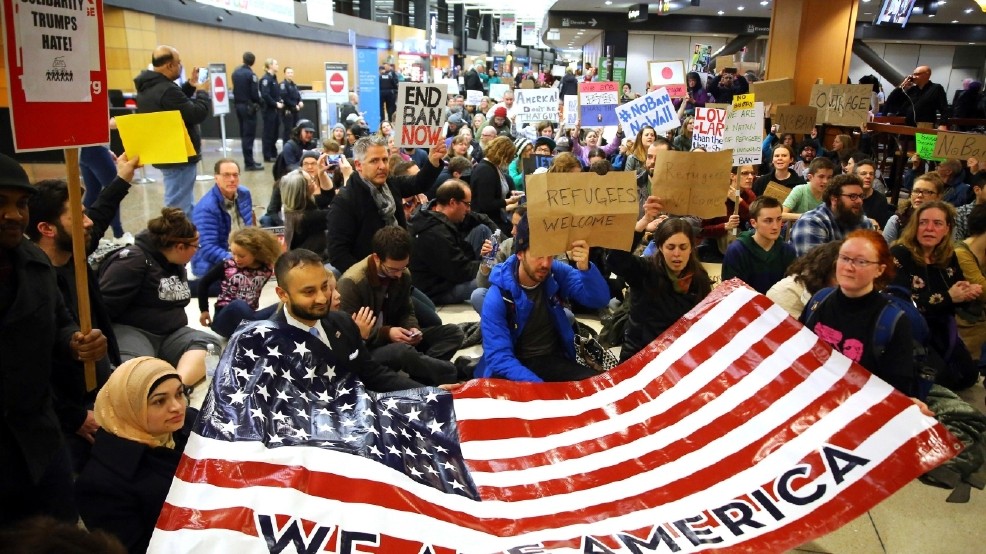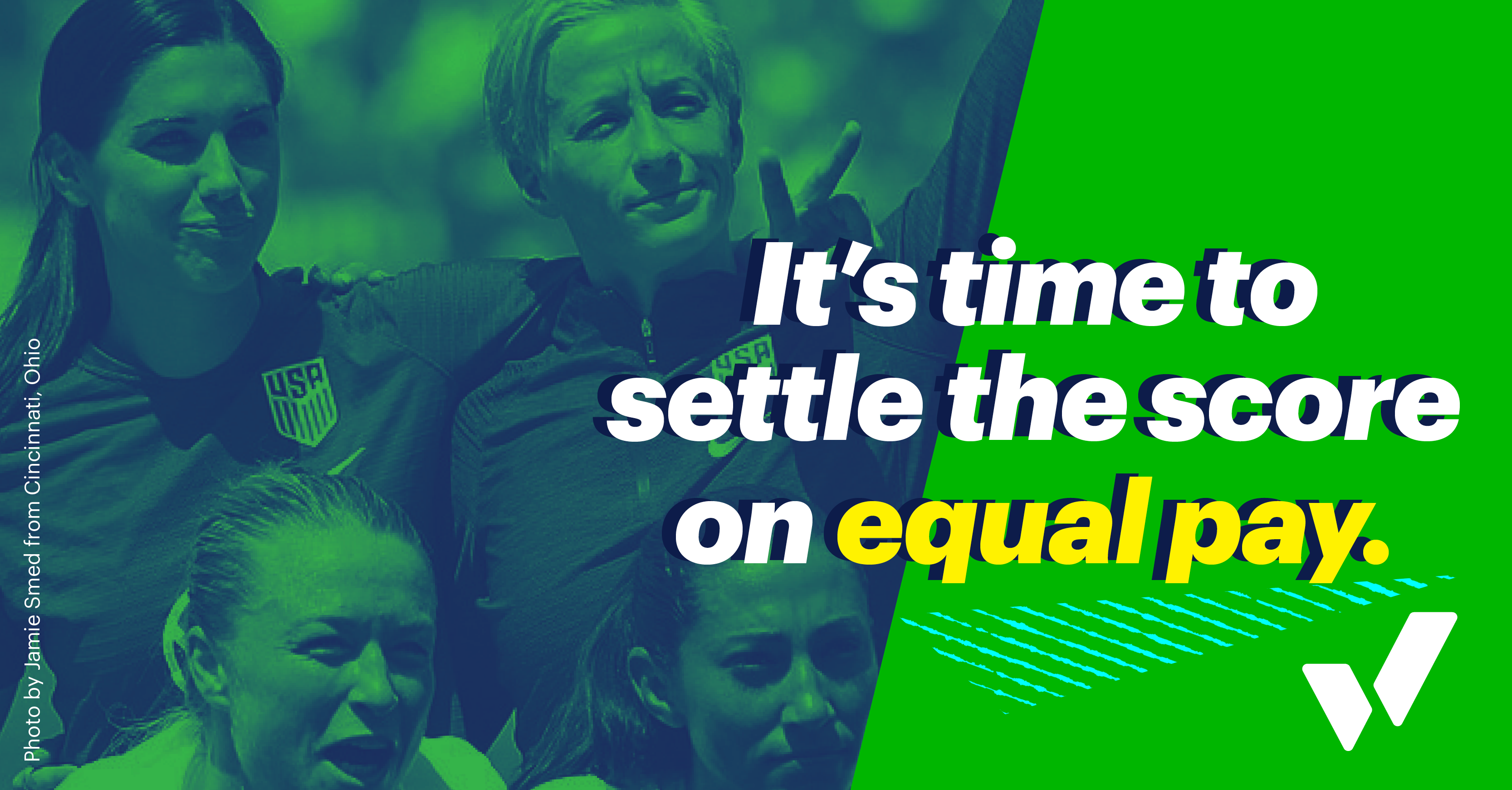What Do Women Want for May Day? Unions—and the PRO Act.

As of 2020, approval for unions in the United States was at the highest point in 17 years—at 65%. For women, that number rises to 67%, and for people of color, to 70%. Nearly half of non-unionized workers say they would join a union if they could. Frustratingly, unionization rates are hovering at just over 10% in the private sector. That’s because the federal law designed to protect workers’ rights to organize a union, the National Labor Relations Act, has been worn down and weakened over time from relentless corporate attacks. Employers regularly break the law and face almost no penalties, mounting sophisticated campaigns to scare their employees away from voting in their own interests. In a recent high-profile example, when Amazon workers in Bessemer, Alabama, tried to organize a union, the company went so far as to get the traffic light pattern outside the warehouse changed to make it less likely that employees would be able to talk to union organizers. It could be years before Amazon faces any penalties for this—if they face repercussions at all.
It doesn’t need to be this way. Right now, pending legislation in Congress, the Protecting the Right to Organize Act (PRO Act), would help millions of working women across the country to organize unions and fight collectively for better workplaces by fixing our broken labor laws in many important ways. In particular, the PRO Act will add teeth to existing law—imposing monetary penalties on companies who break the law, allowing workers to take their employer to court if they engage in illegal activity, and much more.
So why do women, and women of color in particular want to be in unions?
1. Union workers are more likely than non-union workers to assert their right to a safe and healthy workplace.
In the midst of the COVID-19 pandemic, being able to assert your right to a safe and healthy workplace is important—especially for women, who are overrepresented in the front-line workforce. For example, women—disproportionately Black women and Latinas—make up more than eight in 10 of those working as home health aides, personal care aides, and nursing assistants, at great risk for contracting COVID-19. But worker organizing can improve worker safety: in a recent study of nursing homes in New York, homes with health care worker unions had greater access to personal protective equipment and saw a 30% fewer deaths from COVID-19 compared to facilities without these unions.
2. Union workers make higher and more equal wages.
Union membership boosts wages for all workers—but women see especially large advantages from being in a union. Female union members typically earn $224 more per week than women who are not represented by unions—a larger wage advantage than men receive. Even before the pandemic, many women, particularly women of color, older women, women with disabilities, and single-parent households, struggled to make ends meet in low-paid jobs. Women typically lose more than $10,000 per year to the gender wage gap, with even higher losses for women of color. Earnings lost to the wage gap have also exacerbated the financial effects of COVID-19,
3. Union workers are more likely than non-union workers to have access to health benefits.
The barriers that women already face to accessing health care are heightened during the COVID-19 crisis. But when unions are able to negotiate health benefits with employers, benefits are more likely to be accessible and affordable to the working women covered by those plans. This is particularly important for family health coverage: one study showed annual employee contributions for family coverage of $828 versus $4,565 for employer-sponsored insurance in union-bargained vs non-union bargained plans.
* * *
May Day is the original Labor Day. It’s a day when we honor Lucy Parsons and the fight for the eight-hour workday. There are May Day events happening all over the country. This May 1, we will honor the many ways in which unions have made work better for working women, and pledge to fight for the Protecting the Right to Organize Act.
Want to know more about organizing a union in your workplace? Check out some resources.





